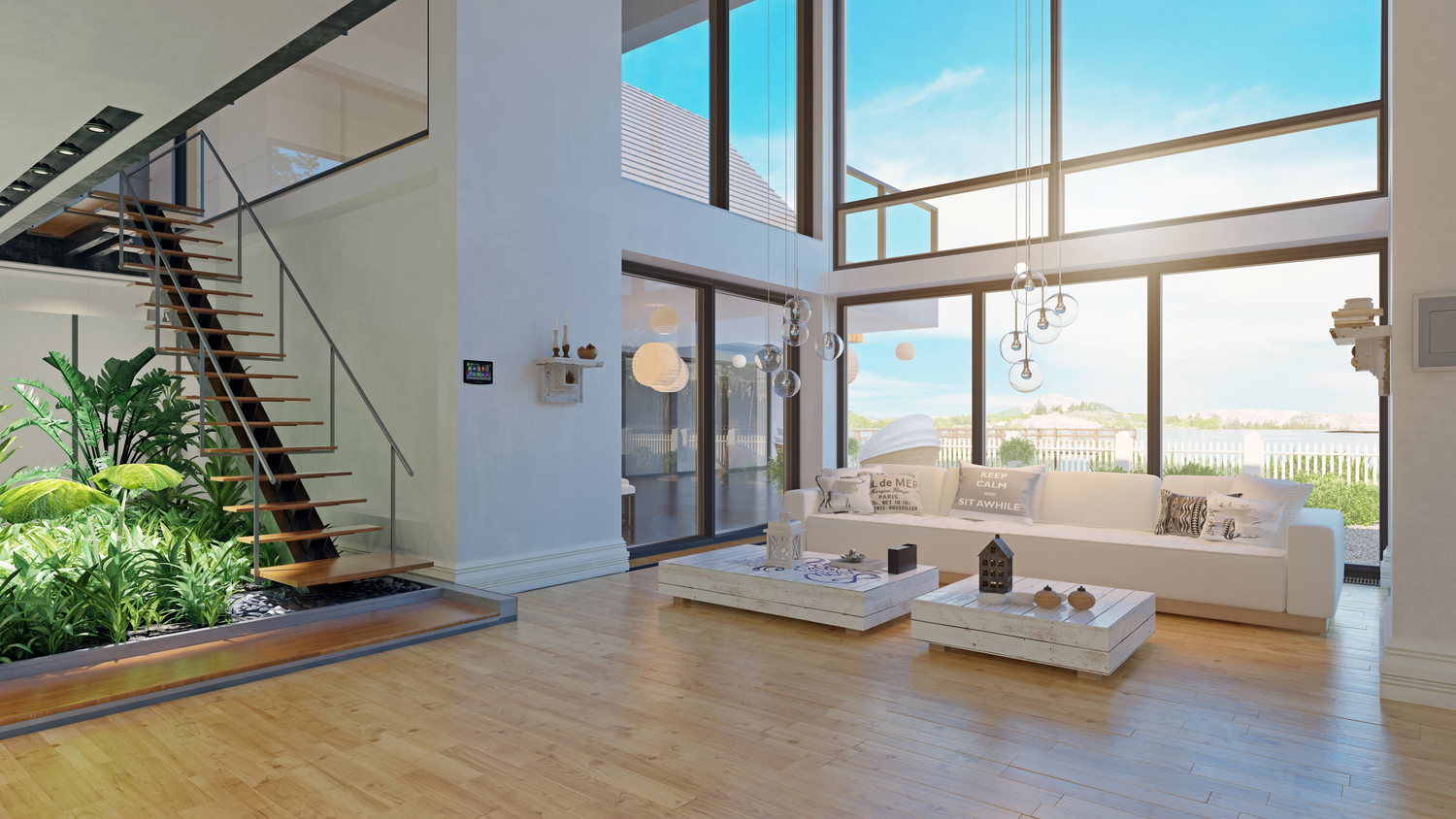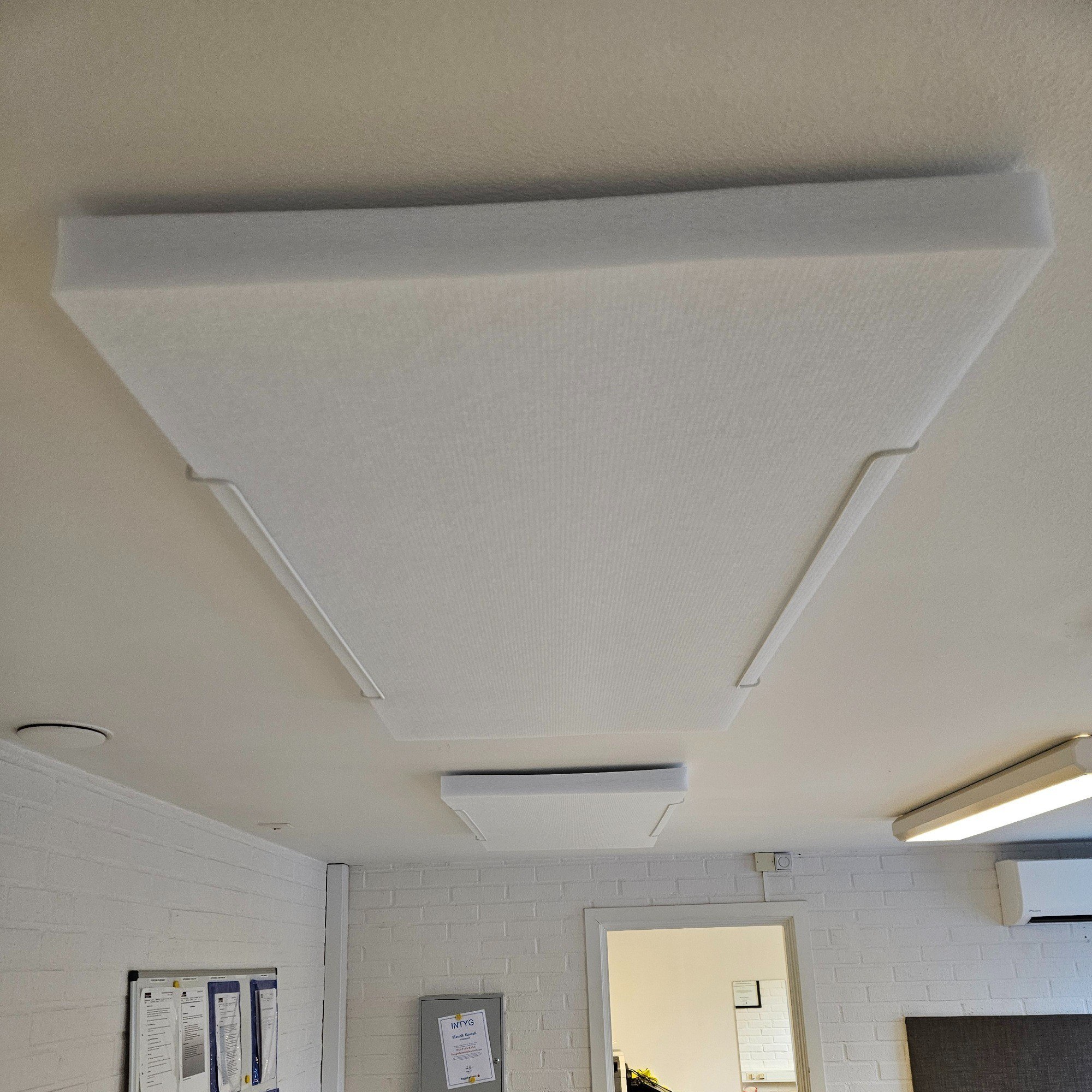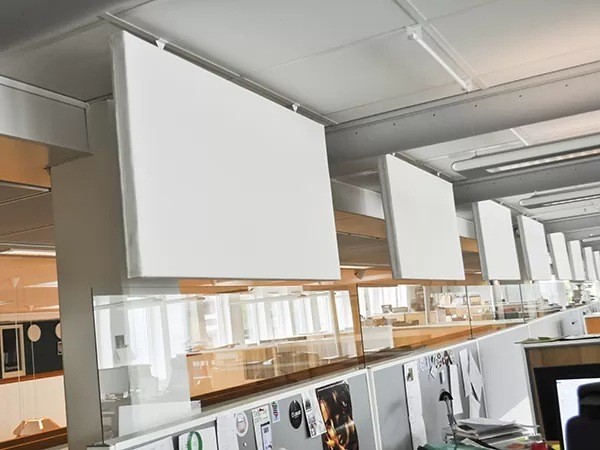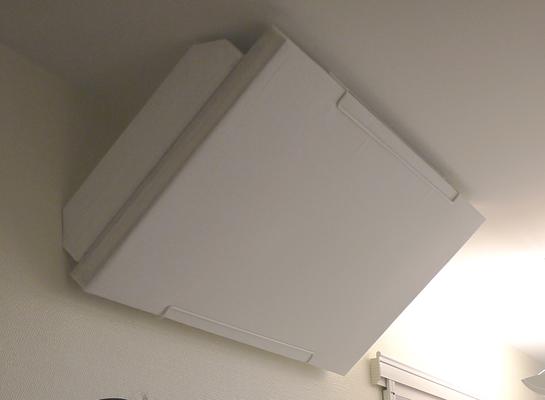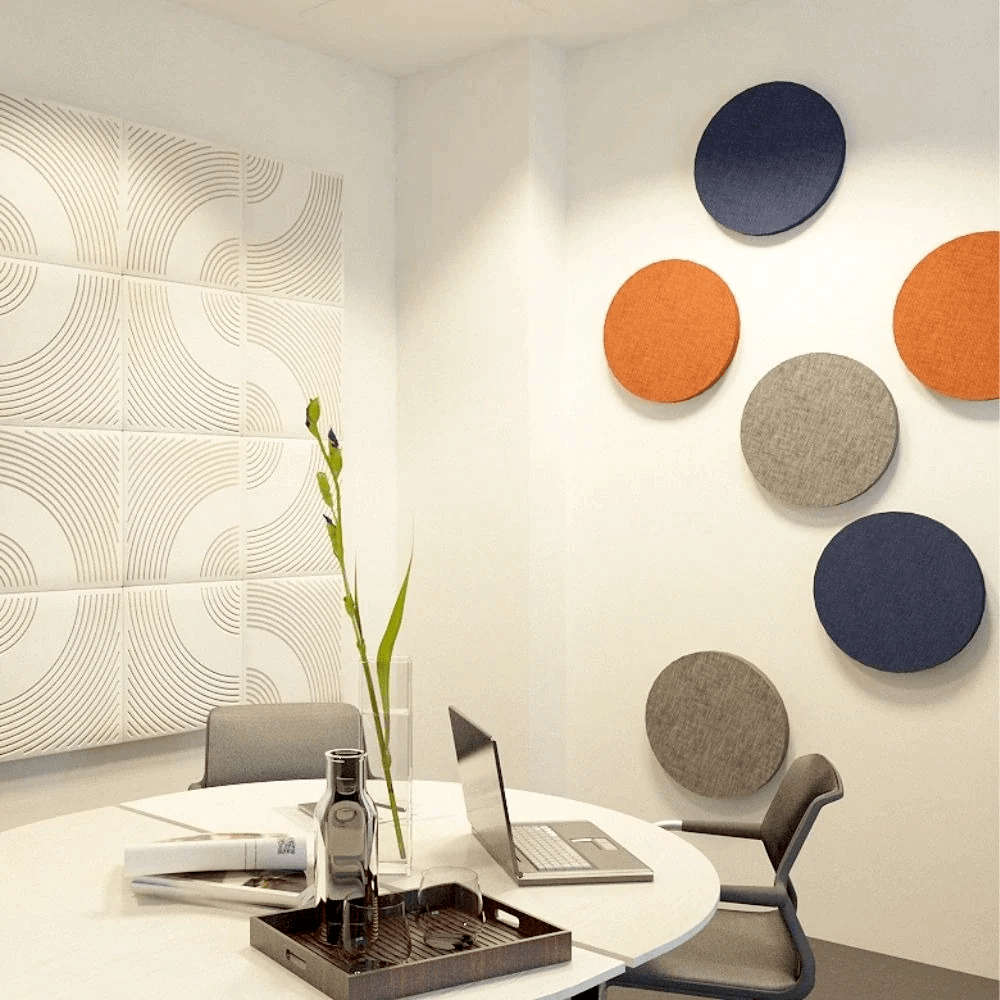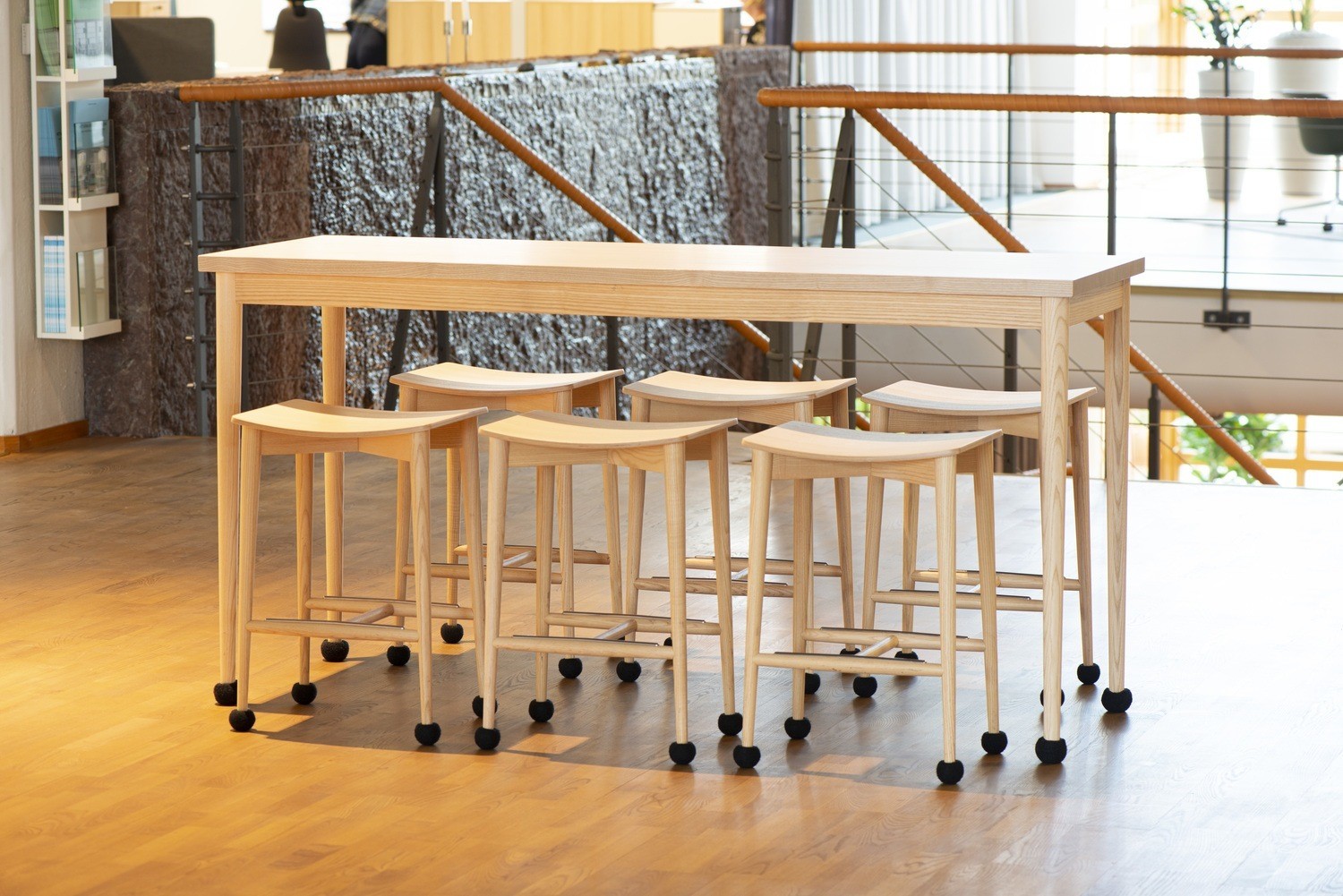How to improve acoustics in rooms with high ceilings
Rooms with high ceilings create an airy and spacious feeling, but they often come with acoustic challenges. Since sound waves have a longer distance to travel before being absorbed, long reverberation times can occur, resulting in disturbing echoes. This affects sound comfort in everything from living rooms and offices to restaurants and conference rooms. An unbalanced sound environment makes conversations difficult, reduces concentration, and can contribute to a stressful atmosphere.
By strategically using sound-absorbing materials, you can effectively reduce reverberation and create a more pleasant acoustic environment. Here’s how to best optimize sound quality in rooms with high ceilings.
Why do you need sound absorption in high-ceiling environments?
Reducing reverberation is not just about improving sound—it’s about creating a more pleasant and functional environment. Here are some of the benefits of well-balanced acoustics:
Improved speech intelligibility
Conversations become clearer, which is important in offices, restaurants, and meeting rooms.
Reduced noise levels
Reverberation amplifies the volume in a room. By dampening reflections, you can lower overall sound levels and reduce background noise.
Increased comfort and well-being
A controlled sound environment creates a calmer atmosphere both at home and in the workplace.
Improved working environment
Better acoustics enhance concentration and reduce fatigue in office spaces and educational settings.
How do you absorb sound in a room with high ceilings?
Improving acoustics requires a combination of ceiling and wall sound absorption, along with strategically placed materials throughout the room.
Ceiling sound absorption – reduce reflections
Ceilings are one of the largest sources of sound reflection in rooms with high ceilings. By using sound-absorbing materials, you can effectively break up sound waves and reduce echo.
- Ceiling absorbers can be mounted directly to dampen sound reflections.
- Hanging baffles and acoustic clouds are especially effective where the open feel of the room is to be maintained.
- Acoustic panels can be installed to provide subtle yet powerful sound absorption.
Wall absorbers – an essential part of the acoustic solution
In rooms with high ceilings, walls often act as large reflective surfaces, contributing to reverberation and increasing noise levels. Wall-mounted sound absorbers are therefore a key part of the solution.
- Sound-absorbing panels placed on strategic surfaces can dampen sound waves and reduce echo.
- Fabric-covered absorbers combine aesthetics and function and can be used to create a stylish interior while improving acoustics.
- Acoustic artwork and textiles like curtains help further reduce reflections and create a softer sound environment.
Floors, furniture, and décor – natural sound dampening
The floor also plays an important role in sound dampening. Hard materials such as concrete, tile, and wood can amplify sound, while softer materials help absorb it.
- Rugs and carpets reduce sound reflections from the floor and contribute to better acoustics.
- Upholstered furniture such as sofas, armchairs, and poufs help break up sound waves naturally.
- Bookshelves filled with books act as excellent sound absorbers and can reduce the spread of sound in the room.
Recommended products for better acoustics in rooms with high ceilings
To effectively absorb sound in ceilings and walls, you can use specially developed sound absorbers that both improve acoustics and blend into the room.
SilentDirect PES Ceiling
Sound-absorbing ceiling panels that reduce reflections and enhance sound comfort.
SilentDirect PES Wall
Wall absorbers that reduce reverberation and create a more balanced acoustic environment.
SilentDirect PES Ceiling Fabric & PES Wall Fabric
Fabric-covered sound absorbers for ceilings and walls, perfect for a stylish interior.
All SilentDirect PES products are free from adhesives and binders, making them safe for use in any environment. They do not release fibers that can cause irritation and are available in various sizes with a thickness of 50mm, providing effective sound dampening.
How to create a better sound environment in rooms with high ceilings
Rooms with high ceilings often suffer from reverberation and echo problems, which impact both comfort and functionality. By combining ceiling and wall absorbers, soft materials, and strategically placed furniture, you can create a more pleasant acoustic environment.





